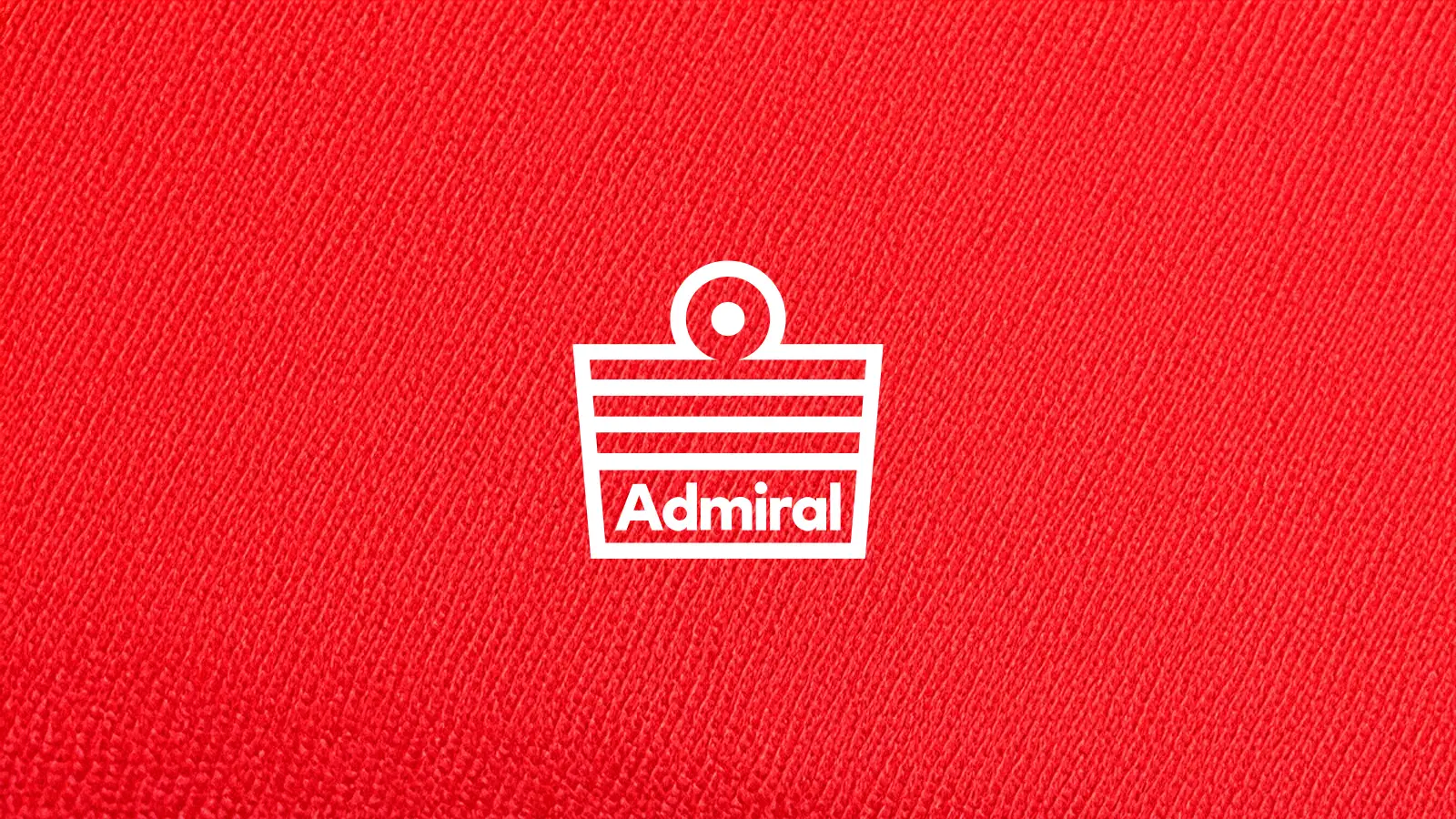
stonebridge road : a history .
Stonebridge Road opened its doors for the first time on 2nd September 1905 for a game between Northfleet United and East Ham Athletic, a friendly fixture which for the record Fleet won 1-0 – a player by the name of ‘Chapman’ had the honour of scoring the ground’s first-ever goal.
Before this, from the 1890s onwards, several local grounds had been used, mostly with one thing in common: cramped conditions. Grounds near to the Six Bells and Old Perry Street, Collins Meadow (now Huntley Avenue) and Portland Meadows (later the Blue Circle cement works) were used by the Fleet and they certainly ascribed to the cramped description.
If the club was to progress and prosper, a new ground was needed, and the cement company came to the rescue, releasing what they described as a “nice little plot of land at the bottom of Stonebridge Hill”. The club willingly agreed to lease the plot of land and began to work on turning it into a suitable site. Access was convenient, based less than half a mile from Northfleet railway station, and was on the main Gravesend to Dartford road.
One problem was the rather marshy texture of the whole area with the River Ebbsfleet running through the ground and a pond also close to the playing area. Indeed, the name of the road came about because of the stone bridge spanning the river at this point, as it meandered into the River Thames a few hundred yards away. And back in the 17th century a skirmish between Parliamentary and Royalist forces during the English Civil War had given name to the ‘Battle of Stonebridge Hill’ in 1644.
By the time the first game took place, a seven-foot fence had been erected around the whole ground, with changing rooms, a small shelter and a tea bar also provided. The following season work began on the main stand and further improvements to this were completed in 1914 leaving it much like it is today, although the seating capacity then of 1,200 has been more than halved by the boarding-up of the back rows to conform to present-day safety standards.
In the early 1920s along the Stonebridge Road side of the ground, a small stand was acquired and erected, being taken from the fast-fading former Victorian tourist destination at the nearby Rosherville Gardens. The Northfleet End (now called the Plough End after the pub behind it, although then known as the College End when the old Huggens College still dominated the skyline) had a section of terracing erected while the Swanscombe End was basically a dirt mound, and this was how the ground remained until after the Second World War.
During the war, farm animals grazed on the redundant pitch areas and the place became overgrown, the playing surface strewn with rubble that had to be cleared before football could resume. In 1946, the newly formed Gravesend & Northfleet FC negotiated a new lease to replace the previous club’s and plans were soon being developed to bring the ground into the second half of the 20th century.
The Fleet Supporters Association funded much of the work and a major improvement came at the Plough End, with new terracing and a covered stand which was eventually lengthened to cover the whole of that end. A new supporters headquarters/social club was also built behind it while at the opposite end, a low bank of terracing was erected at the Swanscombe End. In 1952/53 the old stand, the relic from Rosherville Gardens, was demolished. In 1953, floodlighting was provided for the first time in Kent and the Stonebridge Road side was set for further attention as the terracing was built up to match that at the Plough End. That was completed in 1958, able to boast of accommodating 8,000 fans under cover to make an official capacity of 14,000.
New entrances were also completed in this season, complete with eight turnstiles, and by now the ground was already as good as some Football League stadiums. In 1968, the old Huggens College behind the Plough/College End with its eye-catching spire was demolished to be replaced by the Wallis Park flats. In the 1970s, the roof of the Main Stand was painted bright yellow to reflect the lease arrangement with and corporate colours of land owners Blue Circle.
Further improvements to the ground were added in 1980 with new floodlights and the Swanscombe End was completely re-terraced. A new turnstile block was also added at that end to replace the ramshackle existing ones. A tarmacked internal road was completed at the same time.
For the next 30 years, most of the work carried out on the ground was mainly necessary safety work to meet new legislation and grading standards. Capacity was still as high as 9,000 in the late 1980s before part of the rear of the Old Stand was blocked off on safety grounds. It was 6,000 in the 1990s but had reduced to 3,000-4,000 by the end of that decade due to ever more stringent safety standards.
The Plough End was closed on safety grounds and reopened with seating (a temporary arrangement that has become permanent) in 2006, while the pub that lent its name to that end was closed in 2010 and since reopened as a café.
The stadium was completely repainted and given a revamp in summer 2013 before new plans to demolish all four sides and rebuild them was announced in 2015. Work began on the demolition of the Stonebridge Road terrace (renamed the Liam Daish Stand in 2011) in 2016 and a new £5m Main Stand was fully operational within a year. The plans for the remainder of the ground stalled, although the Swanscombe End’s terracing was underpinned and strengthened in 2018, expanding the capacity there from 750 to more than 2,000.
The initial redesign plans of 2015 were scrapped to be replaced by a new and ambitious scheme, granted planning permission in 2024, for a new 8,000-seater stadium on the same site where the Fleet have played football for more than 110 years. Under current proposals, the pitch would turn roughly 45-degrees in a much wider development to incorporate retail, business, leisure and housing elements while the existing site is to be demolished and a new stadium built in its place.
Recent News

EUFC ONLINE STORE
PURCHASE YOUR 2025/26 KITS!
Our latest Admiral home, away, GK and training kit are available now – get kitted out for the new season!


